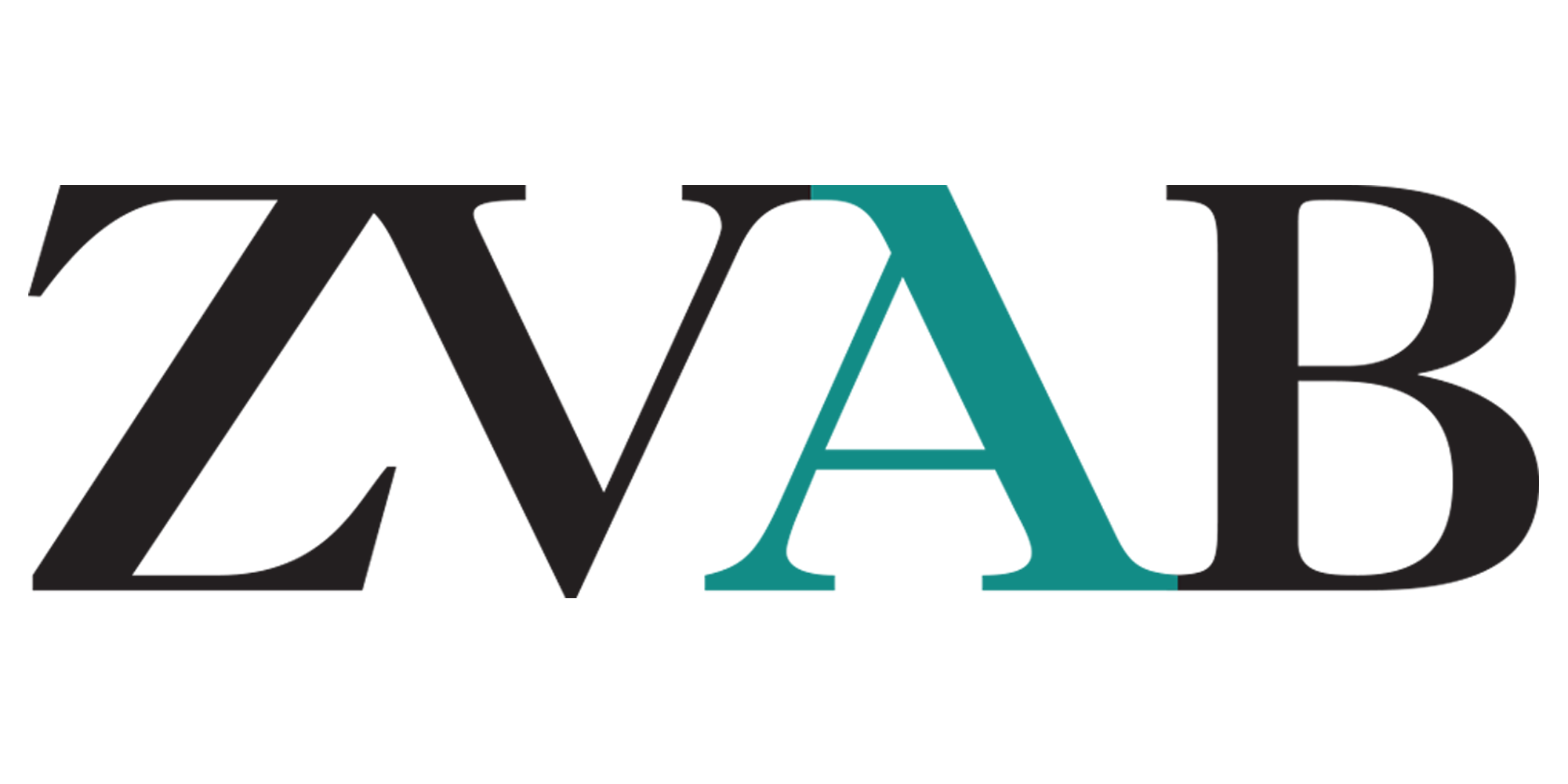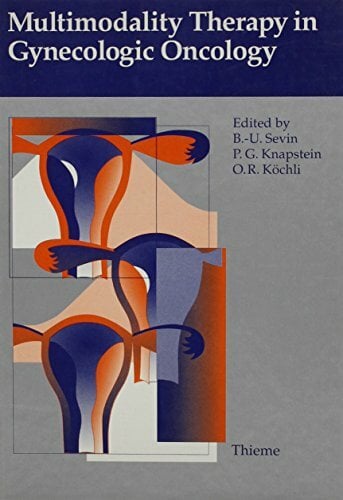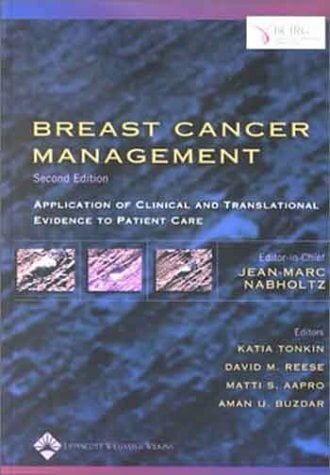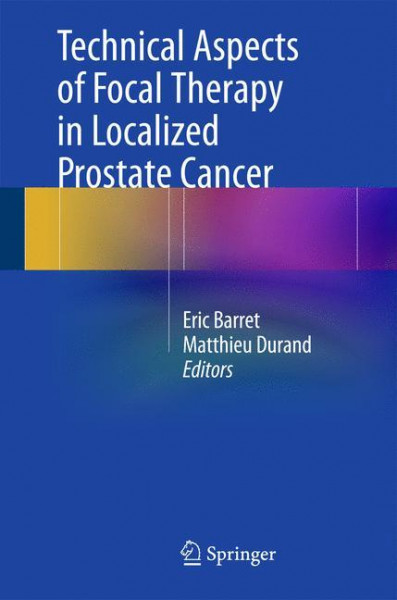
Technical Aspects of Focal Therapy in Localized Prostate Cancer
Kurzinformation
inkl. MwSt. Versandinformationen
Artikel zZt. nicht lieferbar
Artikel zZt. nicht lieferbar

Beschreibung
Focal therapy is a promising option for selected patients who have localized low or intermediate-risk prostate cancer, providing a compelling alternative between active surveillance and radical therapies by targeting the index lesion and preserving as much tissue as possible. Numerous cohort studies have already investigated multiple focal techniques, such as cryotherapy, high-intensity focused ultrasound, brachytherapy, photodynamic therapy, laser therapy, irreversible electroporation and cyberknife methods, all of which have demonstrated positive oncological outcomes with 70 to 90 % negative follow-up biopsy.These various ablative techniques have produced only minor side-effects concerning urinary function, a low rate of erectile dysfunction, and have demonstrated a limited rectal toxicity. As a result, the primary end-point has now shifted and a new strategy needs to be established for patient follow-up and for defining treatment failure.Written by international experts in the field, this book is mainly focused on new techniques, all of which are amply illustrated. Technical Aspects of Focal Therapy in Localized Prostate Cancer will be of great practical value to all urologists and oncologists. von Durand, Matthieu und Barret, Eric
Produktdetails

So garantieren wir Dir zu jeder Zeit Premiumqualität.
Über den Autor
Dr Eric Barret is a well-known urologist at Montsouris Institut in Paris, France and Dr Matthieu Durand is an urologist at Nice University hospital in France and specialist in cryotherapy. Prof. Guy Vallancien (Institut Montsouris, Paris, France) will write the Foreword. He is head of urology department at Montsouris Institut, Professor at Paris Descartes University, President of the European School of Surgery and Member of the Executive Committee of the French Urological Association.International leaders in urology contribute to the book: Frank Bladdou (Mc Gill University, Montreal, Quebec), Mark Emberton (UCL, London, UK), Vladimir Mouraviev (University of Cincinnati, Cincinnati, USA), Jean DelaRosette (AMC, Amsterdam, The Netherlands), Raphaelle Renard-Penna (Pitié-Salpêtrière, Paris, France), R. Renard-Penna (Pitié-Salpêtrière, Paris, France), Hedvig Hricak (MSKCC, NYC, USA), Petr Macek (University Hospital, Pragua, Czech Republic), Albert Gelet (University Hospital, Lyon, France) Jean Marc Cosset (Institut Curie, Paris, France), Hashim Ahmed (UCL, London, UK), Scott Eggener (University of Chicago Medicine, USA), Michael J Zelesky (MSKCC, NYC, USA), Duke Bahn (PIOA, Ventura, USA), Arnaud Villers (University Hospital, Lille, France), Shahrokh Shariat (Weill Cornell Medical Center, NYC, USA), John Trachtenberg (Princess Margaret Hospital, Toronto, Canada), Laurence Klotz (Sunnybrook Health Sciences Centre, Toronto, Canada).

- hardcover
- 256 Seiten
- Erschienen 2000
- Mosby

- Gebunden
- 316 Seiten
- Erschienen 2005
- Birkhäuser

- hardcover
- 374 Seiten
- Erschienen 2011
- Springer

- Gebunden
- 734 Seiten
- Erschienen 2008
- Humana

- Gebunden
- 324 Seiten
- Erschienen 2015
- Thieme

- paperback
- 388 Seiten
- Erschienen 2011
- Lippincott Williams and Wil...

- Gebunden
- 2448 Seiten
- Erschienen 2018
- Lippincott Williams&Wilki

- Kartoniert
- 472 Seiten
- Erschienen 2018
- Urban & Fischer Verlag/Else...

- hardcover
- 294 Seiten
- Erschienen 2004
- Humana

- hardcover
- 424 Seiten
- Erschienen 2008
- Wiley

- Gebunden
- 281 Seiten
- Erschienen 2017
- Springer

- Gebunden
- 276 Seiten
- Erschienen 2013
- Springer

- hardcover
- 576 Seiten
- Erschienen 2010
- Wiley-Blackwell

- hardcover
- 1296 Seiten
- Erschienen 2009
- Humana

- hardcover
- 675 Seiten
- Erschienen 2001
- Mosby
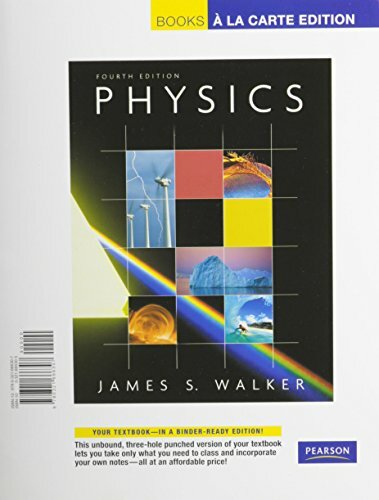
- hardcover
- 1822 Seiten
- Erschienen 2011
- Wiley-VCH




